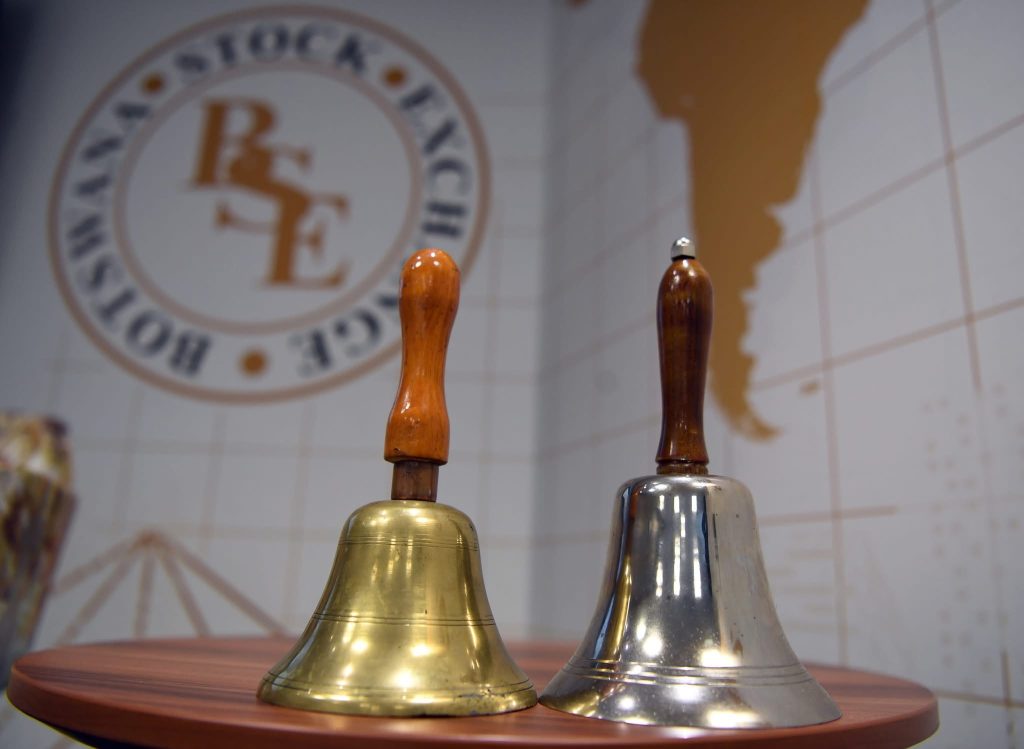In part 1 of this buying the dip series, experts stressed that when prices fall, it presents opportunities for investors to buy. But it’s not just about buying. This part 2 article of Buy The Dip (BTD) samples a study by S&P Global, which found evidence that stocks owned by big investors, like pension funds, often bounce back after price drops, especially when the companies are strong and profitable. In Botswana, these big players have helped lift blue-chip shares on the local market.
S&P Global Research
In 2018, Ms Vivian Ning, CFA, from S&P Global, published research covering the period between 2002 and 2017. She analysed every stock in the Russell 1000 Index, the 1,000 biggest U.S. companies, that fell at least 10% more than the index in a single day, and tracked their performance afterward.
Her findings showed that the Buy the Dip (BTD) strategy “significantly outperforms” the market. If an investor had bought those stocks that fell by 10%, they would have beaten the Russell 1000 by an average of 0.47% the next day, 4.8% after 30 days, and an impressive 28% after 240 days.
Consider the Fundamentals
Ms. Ning stressed the importance of focusing on value, with her research showing that “the cheapest 50% of BTD securities based on the valuation see improved cumulative returns and hit rates versus BTD alone.”
If you buy strong companies whose shares are already cheap and still doing well, you’ll likely earn more than if you just buy any stock that’s dropping in price.
Against this background, Mr. Andrew Loo, VP of Capital Markets at the Corporate Finance Institute (CFI), noted that BTD tends to work best for “assets that are fundamentally sound but have been sold off due to larger market sentiment or overreaction.” Fundamentally right, meaning there’s nothing wrong with the company itself, it’s just that investors have overreacted and pushed the price down.
Filter Out Noise
At a recent investment webinar hosted by Botswana Insurance Fund Management (Bifm), Chief Investment Officer Ms Bhina Botlhe-Tshukudu urged investors to maintain a long-term view, noting that some market trends are only temporary.
“They don’t have to be looked at as though they will have an everlasting impact,”
she said.
“To do that is to understand that there’s information in every trend that then filters into whether this changes the core of how businesses operate or whether it’s noise.”
“What we term noise,” she explained, “is that it doesn’t really affect or change anything fundamental.”
The Importance of Seasoned Investors
In her research, Ms. Ning noted the importance of institutional ownership in companies when taking advantage of the BTD. Institutional ownership is the share of a company owned by large investors such as pension funds and insurance firms.
In her study, Ms. Ning found that stocks with higher institutional ownership (the top 50%) performed even better. Over 240 days, roughly eight months, these stocks delivered an additional 37.5% return, with a 56% success rate. The top half of Buy the Dip (BTD) stocks held by major investors outperformed, returning 37.5% compared to 28.8% for the basic BTD strategy alone.
Institutional investors are especially relevant to Botswana’s market, where asset managers investing on behalf of pension funds dominate trading activity. These smart investors have played a major role in stabilising and driving up share prices, particularly since regulations required pension funds to invest at least 50% of their assets within Botswana.
As this money has gradually flowed back into the local market, much of it has been channelled into established blue-chip companies on the Botswana Stock Exchange (BSE).
While money has flowed into the BSE, not every listed company has benefited in terms of price growth. Fund managers have largely chased value, which Ms Ning emphasised, directing investments toward companies with solid performance and returns. According to the BSE, strong earnings and consistent dividend payouts have played a key role in helping investors “discover” fair prices for these high-performing stocks.

Retail investors who bought shares at lower prices before 2023, when pension fund money started flowing back into the market, have seen their holdings gain in value. However, many investors believe some of these price increases don’t fully reflect the true strength or outlook of the companies behind them. While others choose to overpay for shares, other seasoned investors look through fundamental analysis.
Positive Price Trend Plays a Role
Ms. Ning noted that investors should not overlook stock price trends. While fundamental analysis looks at a company’s financial health, technical analysis focuses on how prices move and form patterns.
Her research showed that the top 50% of Buy the Dip (BTD) stocks with strong upward price trends outperformed the basic BTD strategy by 21% over 240 days after the dip, a result she described as statistically significant.
Part 3 shows that, like any investment, it comes with risks.


